Front yard landscaping is more than just an aesthetic pursuit. It’s about creating a welcoming entrance to your home. It’s about enhancing curb appeal and increasing property value. But it’s also about expressing your personal style and making a statement.
Whether you’re a fan of lush lawns and blooming flower beds or prefer the minimalist appeal of rocks and ornamental grasses, there’s a landscaping style to suit your taste. In this comprehensive guide, we’ll explore a variety of front yard landscaping ideas. We’ll explore the advantages of implementing decorative grasses and stones for an aesthetically pleasing yet easy-to-maintain front yard. We’ll also examine the methods to establish a contemporary, drought-resistant landscape that is not only fashionable but also sustainable.

We’ll additionally touch upon region-specific factors, especially for homeowners in Texas, where the weather conditions provide unique challenges and prospects for landscaping. From designing a dry creek bed for efficient water runoff to integrating mid-century modern design concepts, we’ll discuss a variety of subjects to motivate and inform your landscaping venture. Whether you’re an experienced gardener or a novice, you’ll discover practical advice and innovative suggestions to transform your front yard into an area that’s both attractive and practical.
So, let’s embark on this landscaping journey together.
Table of Contents
The Importance of Front Yard Landscaping
The front yard is often the first thing people see when they visit your home. It sets the tone for the rest of your property and can significantly impact first impressions. A well-designed front yard not only enhances the aesthetic appeal of your home but also increases its value. According to real estate experts, good landscaping can add up to 20% to a property’s value. But beyond aesthetics and property value, front yard landscaping also plays a crucial role in creating a welcoming environment. It can provide a sense of tranquility and peace, making your home a pleasant retreat from the hustle and bustle of daily life.
Planning Your Front Yard Landscape
Planning is a crucial step in front yard landscaping. It involves understanding your space, climate, and design principles. This process helps you create a landscape that is not only beautiful but also functional and sustainable. A well-planned front yard landscape can reduce maintenance, conserve water, and create a space that is enjoyable year-round.
Here are some key steps in planning your front yard landscape:
- Assess your space.
- Understand your climate.
- Learn about design principles.
Assessing Your Space
The first step in planning your front yard landscape is to assess your space. Take note of the size, shape, and topography of your yard. Consider the existing features, such as trees, pathways, and structures, that can impact your design.

Understanding Your Climate: A Focus on Texas
Understanding your climate is crucial in selecting the right plants for your landscape. In Texas, for example, the climate can be quite diverse, ranging from humid coastal areas to arid desert regions. This diversity means that what works in one part of Texas may not work in another.
Therefore, it’s essential to choose plants that are well-suited to your specific climate and soil conditions.
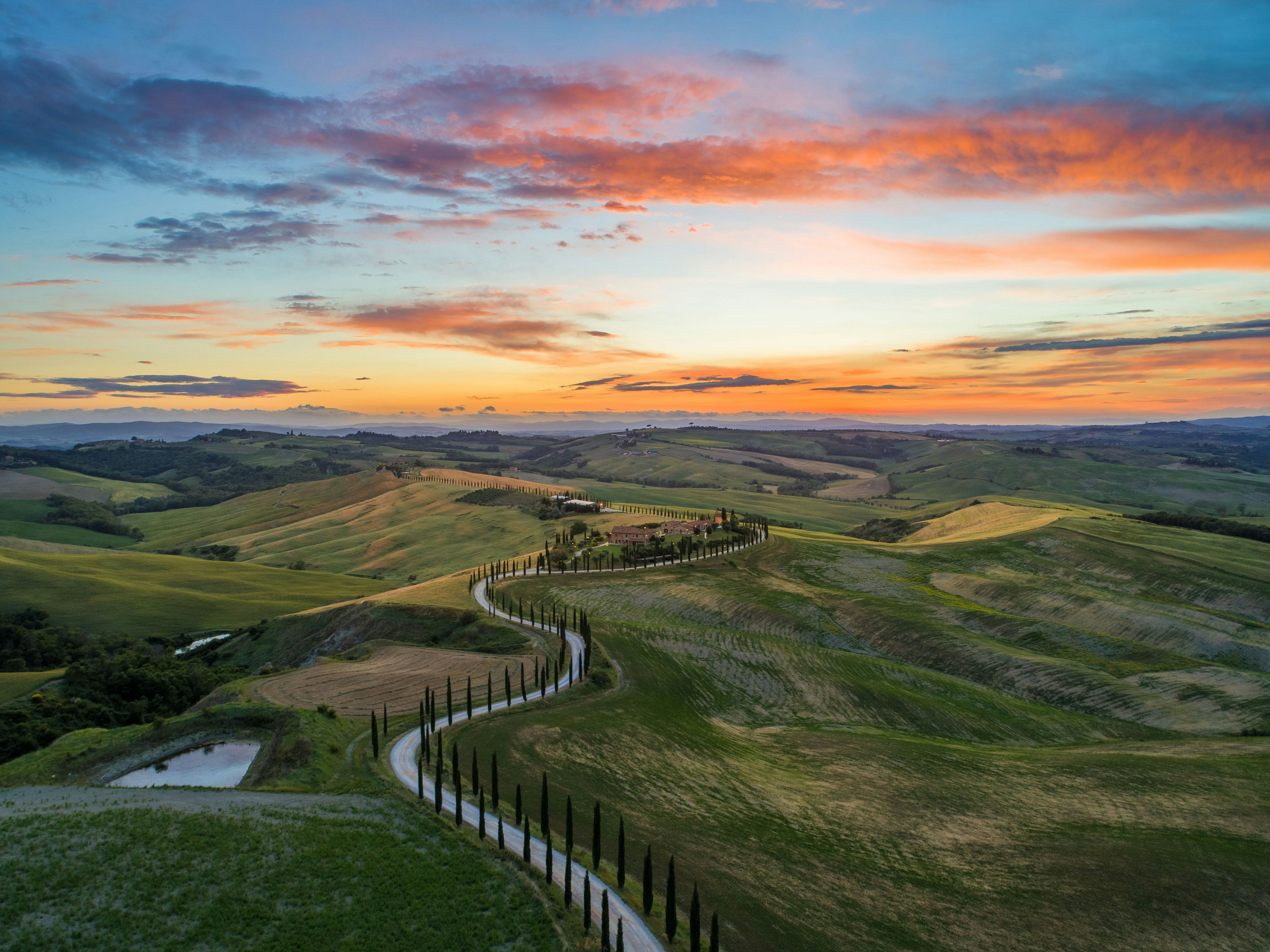
Design Principles for Front Yard Landscaping
Design principles guide the arrangement of elements in your landscape. These principles include balance, proportion, and unity, among others. Balance refers to the equal distribution of visual weight in the landscape.
Proportion is about the size relationship between elements, while unity involves creating a harmonious look through repetition and consistency. Understanding these principles can help you create a front yard landscape that is visually pleasing and functional.
Low-Maintenance Landscaping Ideas
Low-maintenance landscaping is a popular choice for many homeowners. It involves using design strategies and plant selections that require minimal upkeep. This approach can save you time and effort, making your front yard more enjoyable and less of a chore.
Here are some low-maintenance landscaping ideas for your front yard:
- Use ornamental grasses
- Opt for rock landscaping without grass.
- Incorporate artificial grass and rock features.

Using Ornamental Grasses
Ornamental grasses are a great choice for low-maintenance landscaping. They add texture and movement to your front yard, creating a dynamic and interesting landscape. These grasses come in a variety of sizes, colors, and forms, allowing you to create a diverse and attractive design.
In addition, many ornamental grasses are drought-tolerant and require little to no fertilization, making them an eco-friendly choice. They also provide year-round interest, with their foliage changing colors in different seasons and their seed heads adding winter interest. Ornamental grasses can be used in many ways in your front yard.
They can serve as a focal point, be planted en masse for a dramatic effect, or be used as a border or backdrop for other plants. With their low maintenance requirements and aesthetic appeal, ornamental grasses can transform your front yard into a stunning and easy-to-care-for landscape.
Rock Landscaping Without Grass
Rock landscaping without grass is another low-maintenance option for your front yard. This approach involves using rocks of different sizes and colors to create a visually interesting and practical landscape. Rocks can be used to create pathways, borders, and focal points, or to mimic natural landscapes like dry creek beds. They also help conserve water, reduce maintenance, and provide a habitat for beneficial insects.
Rock landscaping can be combined with drought-tolerant plants for a sustainable and attractive design. These plants can add color and texture to the rock landscape, creating a balanced and harmonious look. With careful planning and design, a rock landscape without grass can be a beautiful and low-maintenance addition to your front yard.
Incorporating Artificial Grass and Rock Features
Artificial grass is another option for a low-maintenance front yard. It provides the look of a lush, green lawn without the need for watering, mowing, or fertilizing. Artificial grass can be combined with rock features for a diverse and interesting landscape.
For example, you can use rocks to create borders or to add visual interest to the artificial grass area. Artificial grass and rock features can create a modern and sleek look in your front yard. They also require minimal upkeep, allowing you to enjoy your front yard without spending too much time on maintenance. With their versatility and low maintenance requirements, artificial grass and rock features can be a great choice for your front yard landscaping.
Drought-Tolerant Landscaping for Modern Yards
Drought-tolerant landscaping is a smart and sustainable choice, especially for homeowners in arid regions like Texas. This approach involves using plants that can survive with minimal water, reducing the need for frequent watering.
Here are some strategies for creating a drought-tolerant landscape in your front yard:
- Select drought-resistant plants.
- Design with water conservation in mind.
Selecting Drought-Resistant Plants
Choosing the right plants is crucial for a successful drought-tolerant landscape. Drought-resistant plants, also known as xerophytes, have adaptations that allow them to survive in dry conditions. These adaptations may include deep roots, waxy or hairy leaves, and the ability to store water in their leaves or stems.
Examples of drought-resistant plants include succulents, ornamental grasses, and many native plants.
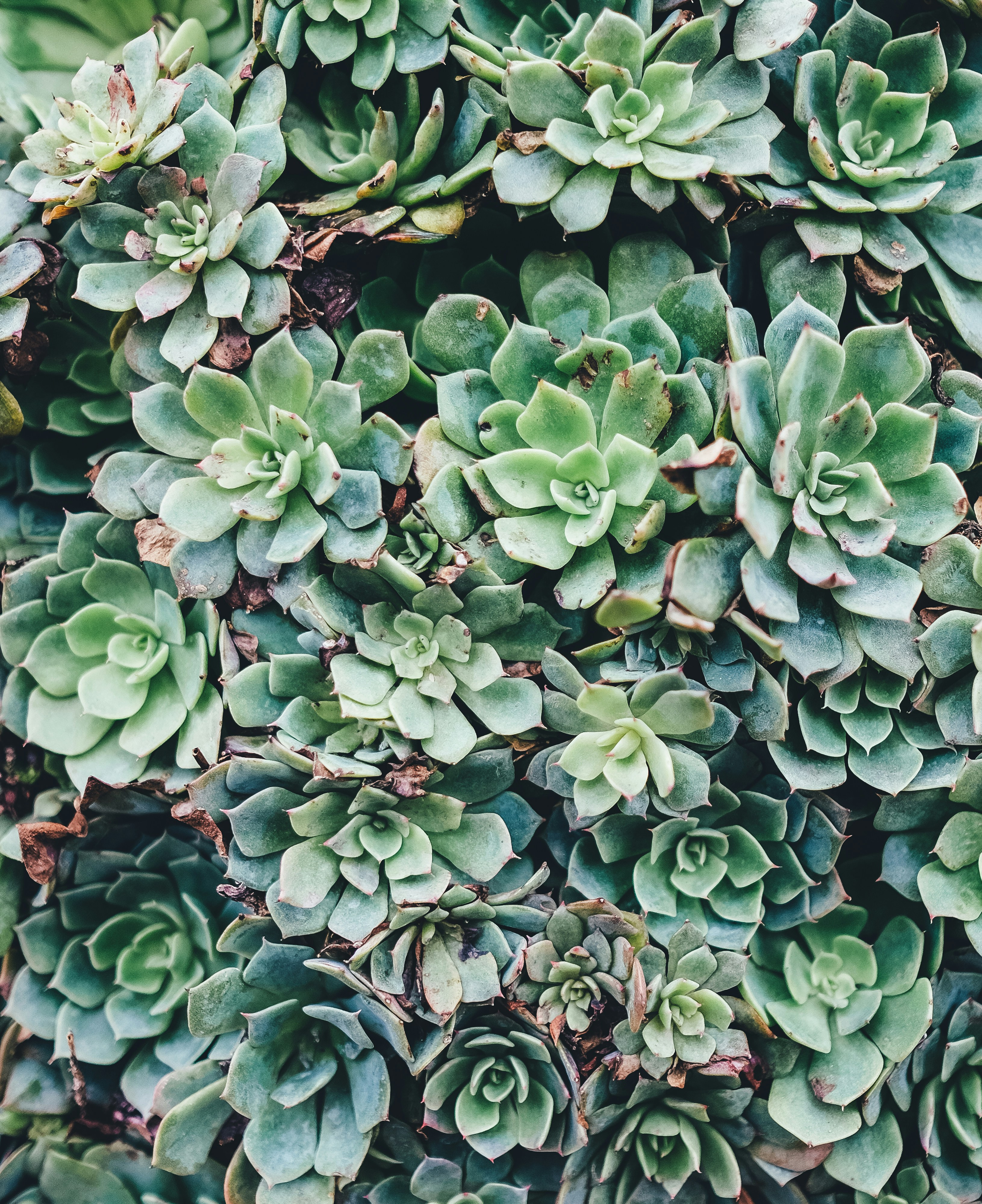
When selecting plants for your drought-tolerant landscape, consider their water needs, sun exposure, and soil preferences. Also, consider their mature size to ensure they have enough space to grow without overcrowding. By choosing the right plants, you can create a beautiful and resilient landscape that requires minimal water.
Designing with Water Conservation in Mind
Designing with water conservation in mind is another key aspect of drought-tolerant landscaping. This can involve using mulch to reduce evaporation, grouping plants with similar water needs together, and using efficient irrigation systems. You can also design your landscape to capture and utilize rainwater, such as creating a rain garden or using rain barrels.
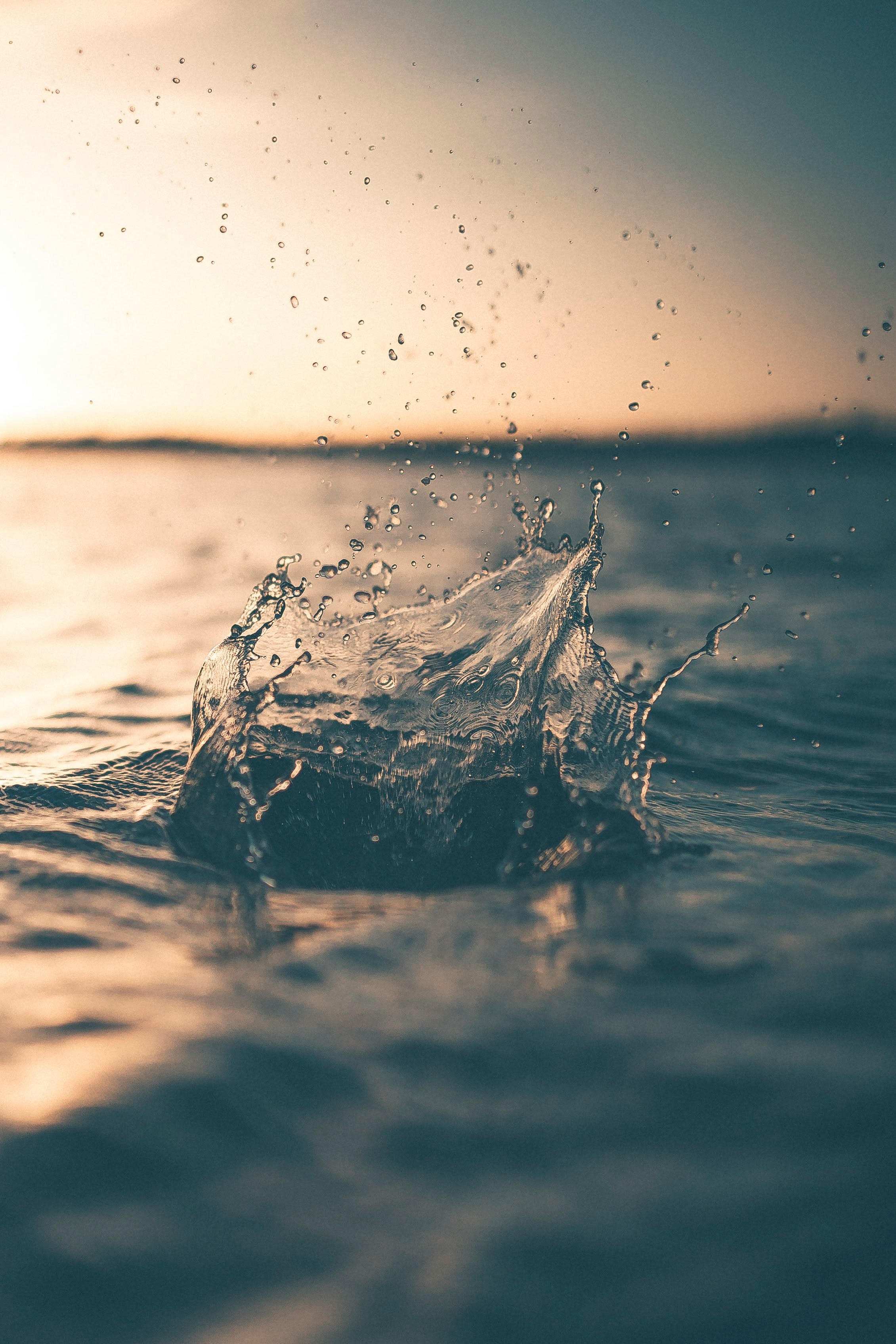
Incorporating these strategies can help you create a water-efficient landscape that is both beautiful and sustainable. With careful planning and design, you can create a drought-tolerant front yard that saves water, reduces maintenance, and enhances the beauty of your home.
Unique Landscaping Features
In addition to plants and hardscaping, unique features can add character and interest to your front yard. These features can serve both aesthetic and functional purposes, enhancing the overall design of your landscape.
Here are a couple of unique landscaping features to consider:
- Creating a dry creek bed
- Incorporating mid-century modern elements
Creating a Dry Creek Bed
A dry creek bed is a landscaping feature that mimics the look of a natural creek. It’s typically filled with rocks and pebbles, and it can be lined with plants along the edges.
In addition to its aesthetic appeal, a dry creek bed can also serve a functional purpose. It can help with drainage, directing rainwater away from your home and preventing soil erosion. With careful planning and design, a dry creek bed can be a beautiful and functional addition to your front yard.
Mid-Century Modern Landscaping Elements
Mid-century modern landscaping is characterized by clean lines, geometric shapes, and a blend of natural and man-made materials. This style can be a great choice for a front yard, especially for homes with mid-century modern architecture.
Key elements of mid-century modern landscaping include low-profile plants, minimalist design, and the use of gravel or crushed rock instead of grass. Incorporating these elements can help you create a front yard that is both stylish and low-maintenance.
Enhancing Curb Appeal with Hardscaping
Hardscaping refers to the non-living elements of a landscape, such as pathways, patios, and retaining walls. These elements play a crucial role in enhancing the curb appeal of your front yard. They provide structure, create visual interest, and can even improve the functionality of your outdoor space.
Here are a few ways to enhance your front yard landscaping with hardscaping:
- Creating pathways and edging
- Building retaining walls and patios
Pathways and Edging
Pathways guide visitors to your front door and can also define different areas of your yard. They can be made from a variety of materials, including stone, brick, gravel, or concrete. Edging, on the other hand, is used to create clean lines between different areas of your landscape.
It can separate your lawn from your flower beds, or your patio from your garden. With the right design and materials, pathways and edging can significantly enhance the look of your front yard.
Retaining Walls and Patios
Retaining walls are used to hold back soil and create level areas in sloped yards. They can also add depth and interest to your landscape. 
Patios, on the other hand, can serve as an extension of your living space. They provide a place to relax, entertain, or simply enjoy the beauty of your front yard. Whether you choose to add a retaining wall, a patio, or both, these hardscaping elements can greatly enhance the curb appeal of your home.
Seasonal Considerations and Year-Round Interest
When planning your front yard landscaping, it’s important to consider the changing seasons.
Your yard should offer visual interest all year, not just during the peak growing season.
Here are a few things to consider:
- Choosing plants for seasonal color
- Maintenance tips for every season
Choosing Plants for Seasonal Color
The key to achieving year-round color in your front yard is to select a variety of plants that bloom at different times of the year. For spring color, consider flowering bulbs like tulips and daffodils.
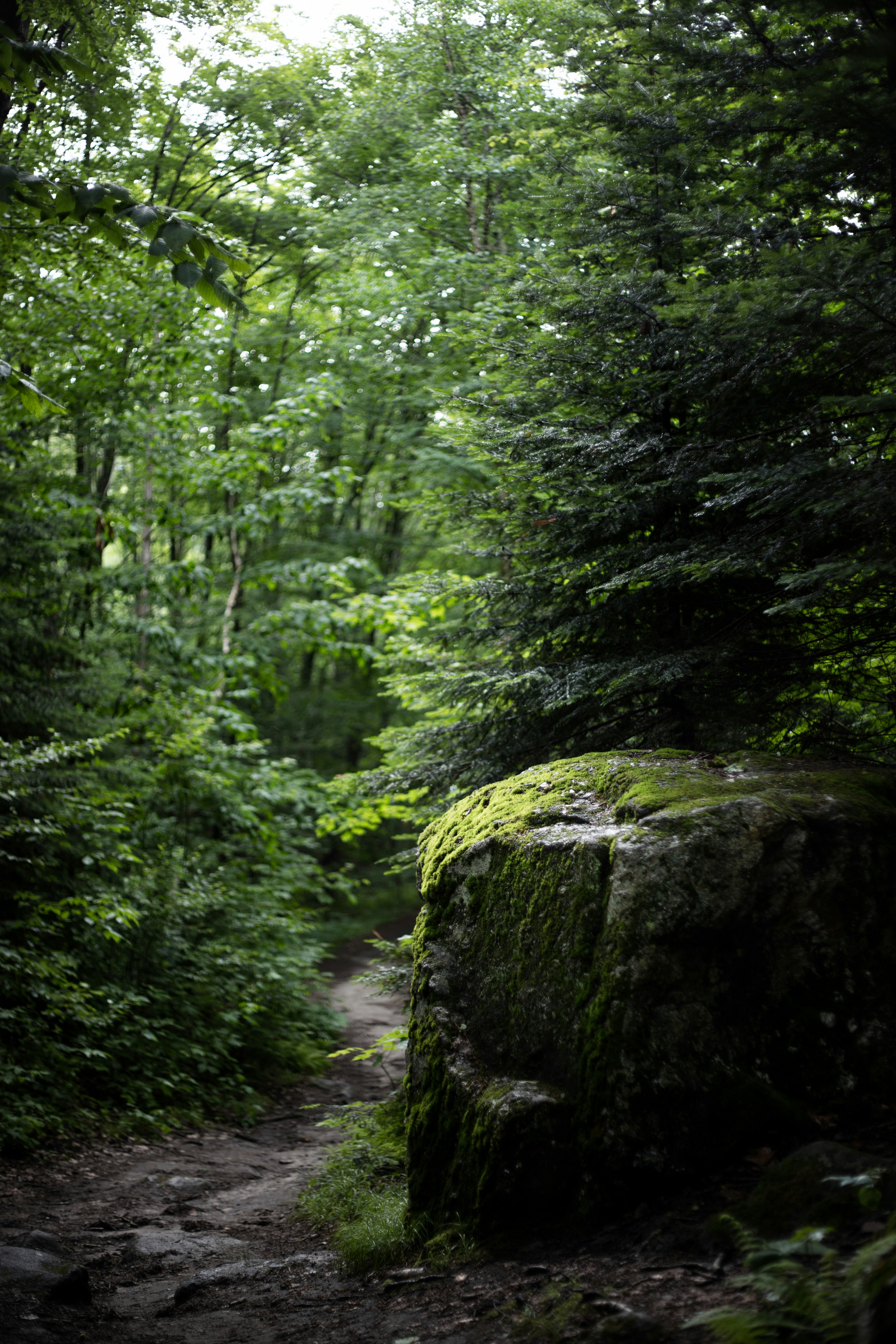
Summer-blooming perennials like daylilies and coneflowers can add vibrant hues during the warmer months. For fall color, consider trees and shrubs that have colorful autumn foliage, such as maples and burning bushes. Even in winter, your yard can still have color with evergreens and winter-blooming plants like camellias. By carefully selecting your plants, you can ensure your front yard is colorful and attractive throughout the year.
Maintenance Tips for Every Season
Each season brings different maintenance tasks for your front yard. In spring, it’s time to clean up any winter debris, prune shrubs, and prepare your soil for planting.
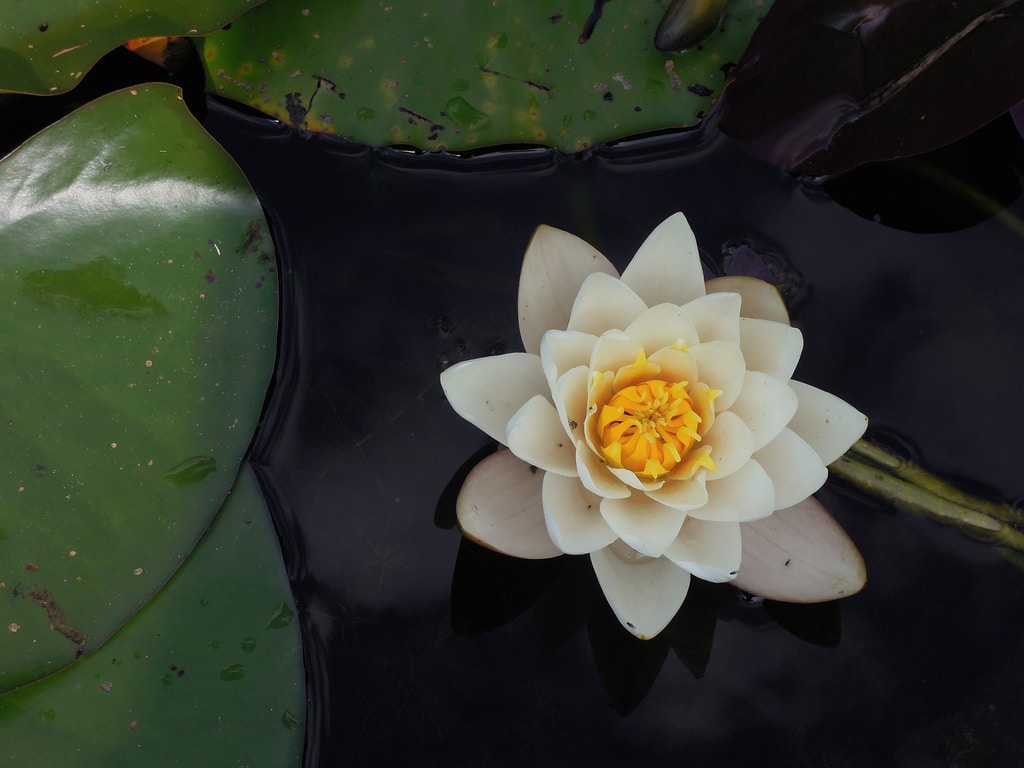 by Göran Eidens (https://unsplash.com/@goeran)
by Göran Eidens (https://unsplash.com/@goeran)
Summer is the time for regular watering, mowing, and weeding. In fall, you’ll need to rake leaves, plant spring-blooming bulbs, and prepare your plants for winter. Winter is the time for rest, but you may still need to protect your plants from harsh weather and check for winter damage. By understanding the seasonal needs of your front yard, you can keep it looking its best all year.
Lighting and Decor: The Finishing Touches
Once you’ve designed your front yard landscape, it’s time to add the finishing touches. These include outdoor lighting and decor.
Here are a few things to consider:
- Outdoor lighting options
- Selecting outdoor furniture and decor
Outdoor Lighting Options
Outdoor lighting can enhance the beauty of your front yard landscape. It can highlight key features, provide safety, and create a welcoming ambiance.
There are many types of outdoor lighting to consider. Pathway lights can guide visitors to your front door and add a decorative touch. Spotlights can highlight key features like trees, shrubs, or a water feature. Wall lights can illuminate your home’s facade and create a warm, welcoming glow. By carefully selecting and positioning your outdoor lights, you can create a stunning nighttime landscape.
Selecting Outdoor Furniture and Decor
Outdoor furniture and decor can add personality to your front yard. Choose pieces that complement your home’s style and the surrounding landscape.
A bench or a pair of chairs can provide a place to sit and enjoy the view. Garden ornaments, like statues or wind chimes, can add a touch of whimsy. Planters can provide additional color and texture. By thoughtfully selecting your outdoor furniture and decor, you can create a front yard that is not only beautiful but also reflects your personal style.
Conclusion: Bringing It All Together
Front yard landscaping is more than just a way to boost curb appeal. It’s an opportunity to create a welcoming entrance to your home, reflect your style, and enhance your quality of life. Whether you’re incorporating ornamental grasses, designing a rock garden, or creating a modern, drought-tolerant landscape, the possibilities are endless.
Remember, successful front yard landscaping is about balance. It’s about combining aesthetics and functionality, choosing the right plants for your climate, and considering the needs of your lifestyle. It’s also about planning for maintenance and understanding that a beautiful front yard is a result of regular care and attention.
In the end, the most important thing is that your front yard landscape makes you happy. After all, it’s the first thing you see when you come home each day. Make it a space that brings you joy.
FAQs
In this section, we’ll address some common questions about front yard landscaping. These answers should provide you with additional insights and help you make informed decisions about your own landscaping project.
What are the best low-maintenance plants for front yard landscaping in Texas?
For Texas homeowners, choosing plants that can withstand the state’s hot, dry climate is crucial. Native plants are always a good choice as they’re adapted to local conditions. Consider Texas sage, yucca, and agave for their drought tolerance and low maintenance needs. Ornamental grasses like blue grama or buffalo grass can also be excellent choices, providing texture and movement without requiring much care.
How can I create a front yard landscape with no grass?
Creating a front yard landscape without grass can be both aesthetically pleasing and practical. Consider using a combination of rocks, gravel, and mulch to create different zones in your yard. Add interest with drought-tolerant plants, succulents, and ornamental grasses. You can also incorporate hardscaping elements like pathways, patios, or a dry creek bed to add structure and functionality to the space.
What are some budget-friendly landscaping ideas?
Landscaping on a budget doesn’t mean you have to compromise on style or functionality. Repurposing materials, like using old bricks to create a pathway or turning a tree stump into a planter, can save money and add character to your yard. Planting from seeds rather than buying mature plants can also cut costs. Finally, remember that good planning can save you from costly mistakes. Take the time to design your landscape carefully, considering your space, climate, and maintenance needs.

